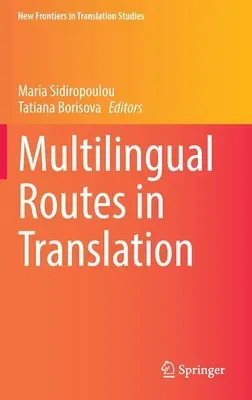Multilingual Routes in Translation (2022)Hardcover - 2022, 8 April 2022

Qty
1
Turbo
Ships in 2 - 3 days
In Stock
Free Delivery
Cash on Delivery
15 Days
Free Returns
Secure Checkout

Part of Series
New Frontiers in Translation Studies
Print Length
261 pages
Language
English
Publisher
Springer
Date Published
8 Apr 2022
ISBN-10
9811904391
ISBN-13
9789811904394
Description
Product Details
Book Edition:
2022
Book Format:
Hardcover
Country of Origin:
NL
Date Published:
8 April 2022
Dimensions:
23.39 x
15.6 x
1.75 cm
ISBN-10:
9811904391
ISBN-13:
9789811904394
Language:
English
Location:
Singapore
Pages:
261
Publisher:
Weight:
576.06 gm